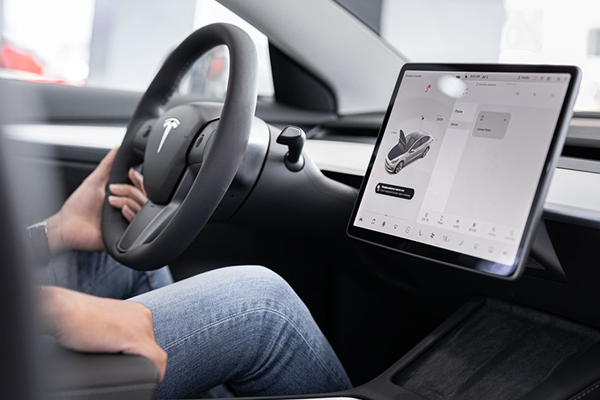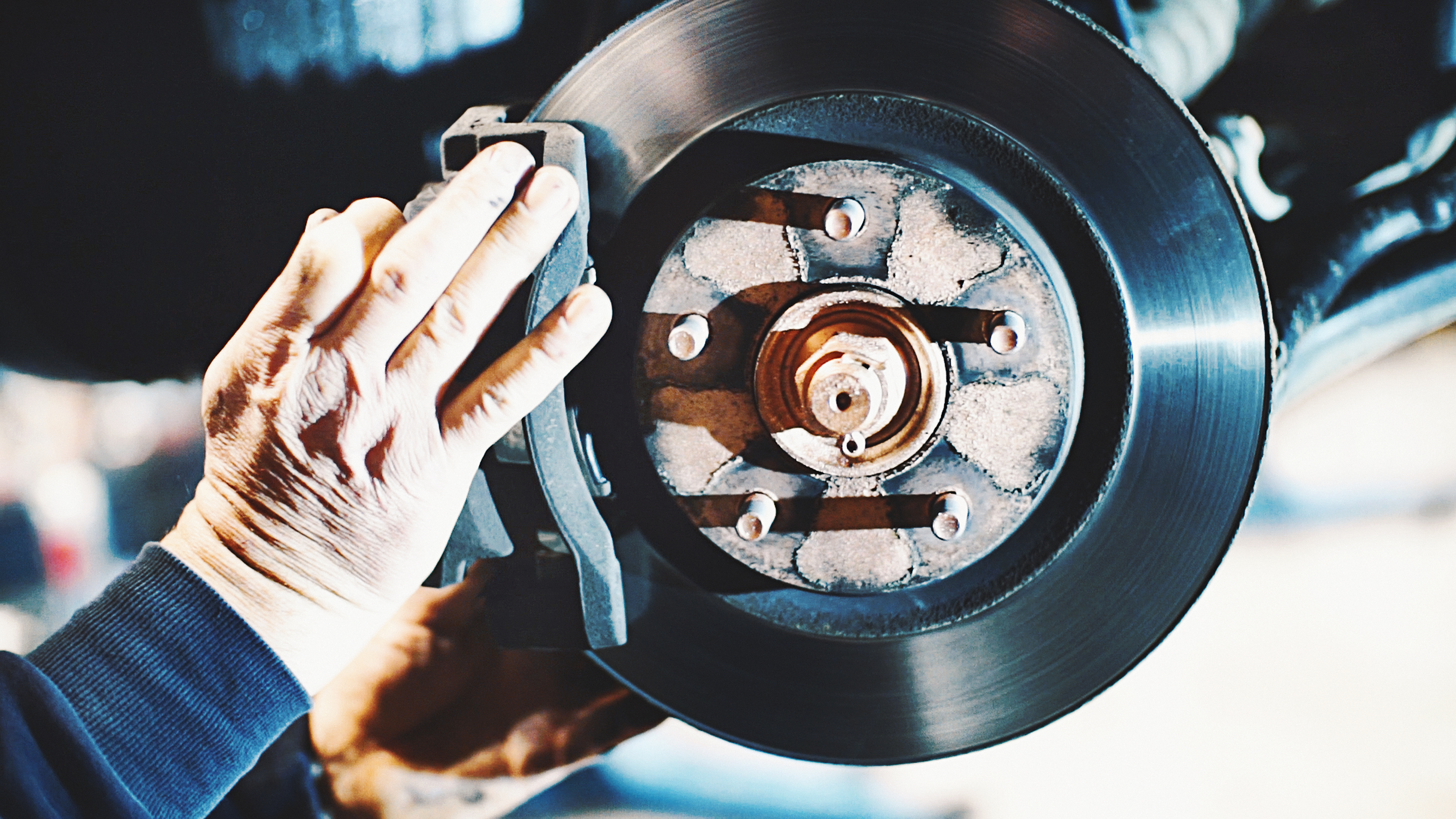I've had customers come in and tell me they have no brakes because they have to push the brake pedal harder than normal to stop their car. They can stop the car but they practically have to stand on the brake pedal to get it to stop — it feels more like stepping on a rock than stepping on a brake pedal. This loss of power-assist in the braking system is either due to a failed power brake booster or extreme contamination of the brake fluid. Here's how to determine why your brake pedal is so hard to push and how to fix it.

Is Sludge Buildup Causing a Hard Brake Pedal?

Source | Mike Aguilar
Brake fluid is a hygroscopic fluid—a fluid that absorbs water. Over time, this causes sludge to build up in the brake system, and this sludge can make it seem like the brake booster has failed. Brake fluid should be almost clear, with a slightly amber tint. Follow these steps to eliminate brake fluid quality as the problem:
- Remove the cap from the reservoir.
- Scrape a flat screwdriver lightly across the bottom of the reservoir.
- Inspect the screwdriver tip.
The brake fluid should be flushed if the screwdriver isn't clean when you remove it from the reservoir. The general steps are listed below, or check out more detailed instructions for proper procedures.
- Suction the old brake fluid out of the reservoir.
- Fill the reservoir with fresh brake fluid. Check your manual to be sure you are using the correct type of fluid for your vehicle because not all types can be mixed (for example, DOT 3 and DOT 5).
- Place a drain pan under the right rear wheel. The general rule is to start at the brake farthest from the master cylinder (right rear), and then work your way closer, ending with the left front.
- Open the bleed valve about a half turn, and have your partner depress the brake pedal.
- Once the flow of fluid slows, close the valve. Have your partner pump the brake pedal, and then repeat the process. Repeat until the brake fluid is clear and free of bubbles.
- Repeat at each wheel.
When the brake fluid has been properly flushed, the pedal should feel normal again if sludge buildup was the problem. If not, read on.
Checking for Vacuum Loss

Source | Mike Aguilar
Engine vacuum is normally used to provide the power in “power brakes" and is a technology that's been around since the early 1950s. It uses vacuum from the engine's intake manifold to multiply the force applied to the brake pedal and make braking easier.
The front seal is what normally fails in vacuum-assist brake boosters. Over time, a failed front booster seal will cause the rear seal on the master cylinder to fail. This will be indicated by the appearance of drips down the front of the booster and will require the replacement of the booster and the master cylinder.
There will be a hose between the engine and the booster that provides the vacuum assist, and that should be your first thing to check. Reconnect or replace this hose as necessary. Loosen the two nuts securing the master cylinder to the booster if this hose isn't leaking and start the engine. Lightly press on the brake pedal and listen for a hissing sound between the master and booster. The presence of this hissing indicates a leaking front seal on the booster.
This is a good project for new DIYers
-
Twist and pull to remove the vacuum line from the valve on the booster.
-
Remove the two bolts securing the master cylinder to the booster and pull the master cylinder forward off the booster studs. Leave the lines attached.
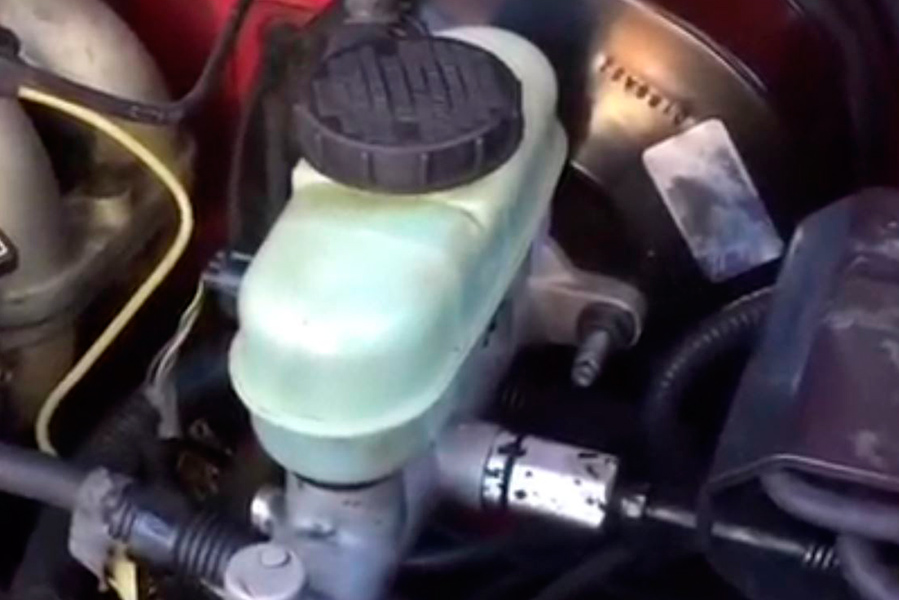
Source | Mike Aguilar
-
Disconnect the booster from the brake pedal.
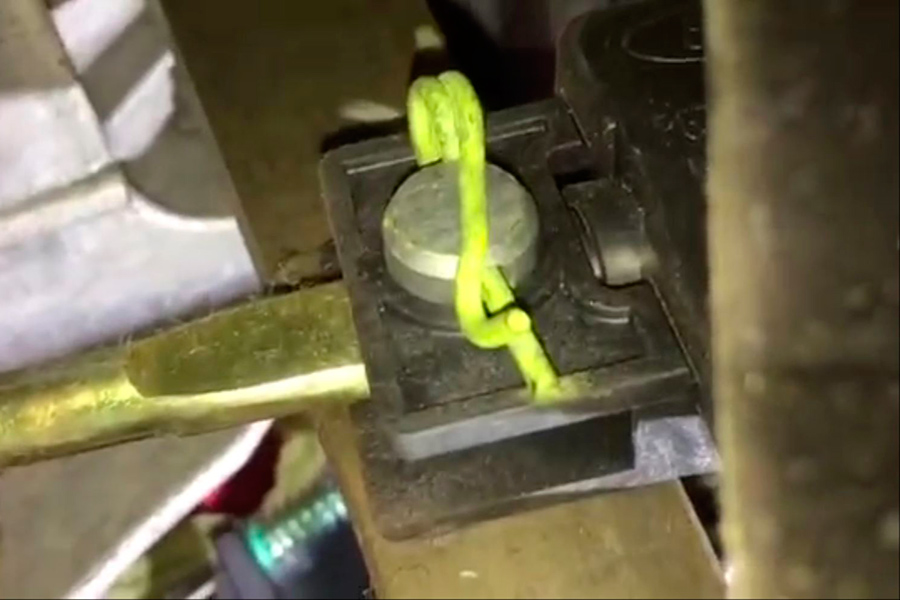
Source | Mike Aguilar
-
Remove the four bolts securing the booster to the firewall.
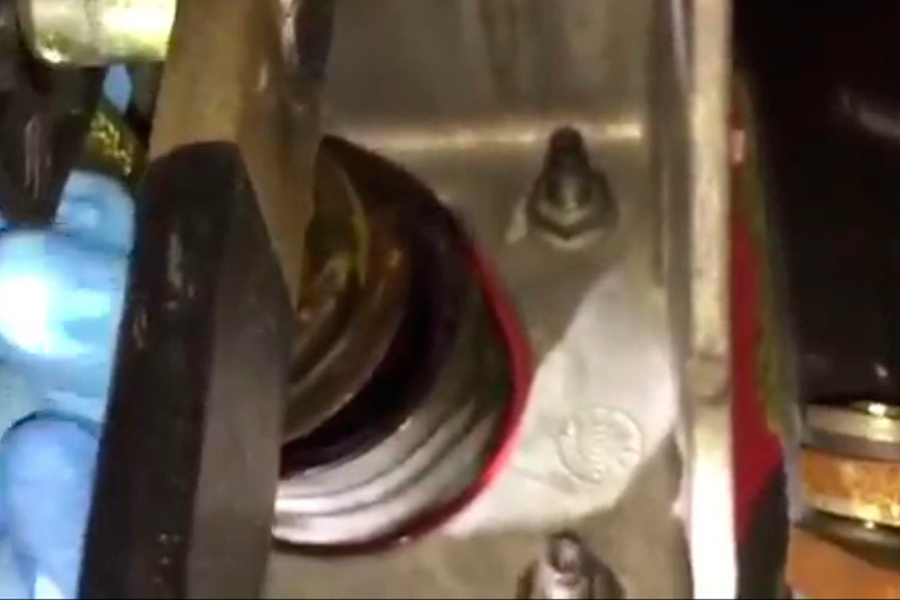
Source | Mike Aguilar
-
Remove the old brake booster.
-
Install the new brake booster. Torque the four bolts to specification and connect the brake pedal to the input piston. Reconnect the Hydro-Boost lines to and from the booster if applicable.
-
Reconnect the master cylinder to the new brake booster.
-
On Hydro-Boost systems, start the engine and top off the power-steering reservoir. Take the car for a test drive and verify that you once again have power brakes. Recheck the power-steering reservoir.
-
Remember to safely dispose of old brake fluid.
Some vehicles, especially light trucks, have a hydraulic power assist unit called Hydro-Boost instead of the vacuum booster seen in these photos. If your vehicle is so equipped, you will need line wrenches to disconnect the lines, a drain pan, and the recommended power-steering fluid to refill the reservoir when done. This is because the power steering pump powers the Hydro-Boost unit.


